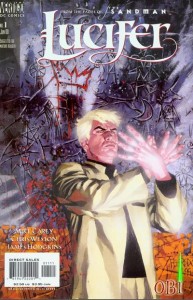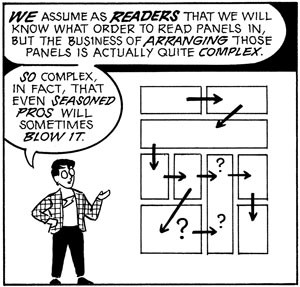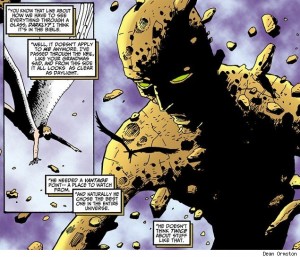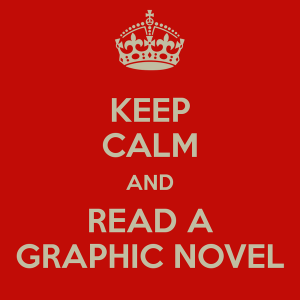So, having waxed lyrical about the television show Lucifer and the graphic novels that inspired the show, I decided it was high time that I put my proverbial money where my proverbial mouth is…and read a graphic novel.
I chose, not surprisingly, Lucifer: Book One.* Though the character of Lucifer was created by Neil Gaiman in his Sandman comics, the Lucifer comics were written by Mike Carey, who turned Lucifer from a supporting character to the hero of his very own series. This book is a 400-odd page collection of Lucifer’s adventures, beginning with his comfy retirement in Los Angeles, running the trendy piano bar Lux, with his companion Mazikeen by his side.
 When a vicious new power arises, wantonly fulfilling wishes and granting human desires, however, Heaven begins to fear that the balance of power may be disrupted. Unwilling to get directly involved, Heaven instead dispatches a high-ranking angel named Amenadiel to request Lucifer’s assistance. If he complies, and defeats this new foe, he will be granted anything he might desire. When Lucifer inevitably makes quick work out of this new foe, he is granted his wish–a letter of passage, allowing him to travel to any world he might chose. And thus, the stage is set for a whole series of mayhem and adventure.
When a vicious new power arises, wantonly fulfilling wishes and granting human desires, however, Heaven begins to fear that the balance of power may be disrupted. Unwilling to get directly involved, Heaven instead dispatches a high-ranking angel named Amenadiel to request Lucifer’s assistance. If he complies, and defeats this new foe, he will be granted anything he might desire. When Lucifer inevitably makes quick work out of this new foe, he is granted his wish–a letter of passage, allowing him to travel to any world he might chose. And thus, the stage is set for a whole series of mayhem and adventure.
The Lucifer series was–and remains–enormously successful, regardless of the television show. These are startling imaginative, beautifully illustrated adventures that pull you into the story within a few short panels…that is, once I got used to reading them.
I don’t know if this is the case for all new graphic novel readers, but I found my eyes moving more in reading this book than in most traditional novels I had read. In part, this is because graphic novels are read left to right and top to bottom. This panel might make it a little easier to understand:

Inside those panels, dialog is read from top to bottom.
It can actually get pretty tiring on the eyes, especially for those of us not quite used to the format. Moreover, there are so many pictures to look at, so many colors on the page, and so much detail, that reading a page can take a pretty long time–especially for those of us prone to going “ooooh” and “aaahhh” at colors easily.
Even this page, perhaps one of the most straightforward within Lucifer, has so much more detail than a traditional novel that I was mesmerized:

Seriously–this graphic novel dashes around like Lucifer himself–delighting in breaking the rules and defying all your expectations with each new tale.
But, for all that, as much as I appreciated the creativity and the artistry that went into each panel, as much as I found the story lines compelling…I am not a graphic novel reader.
I think part of it is that I have grown so used to imagining my own characters and settings that I found the graphics to be more of a roadblock than a part of the action. The panels made the reading experience a hectic one for me. However, for visual-based learners, I can see where these elements would be a huge draw, and an enormously entertaining reason to keep reading.
I also realized, in the course of reading, that I really like narratives. I love the descriptive passages in traditional novels, and the discussions of what a character is thinking and feeling, outside of what is being said between characters. And graphic novels don’t provide those kind of details as explicitly as traditional novels. They require you to read facial expressions, analyze the lettering in the panels, and deduce the subtext in ways that most novels don’t. And, to be honest, I am not terribly good at subtext in real life, so I’m fairly hopeless at it when reading.
So all in all, it’s not you, Lucifer. It’s me. I truly enjoyed my foray into graphic novels, and I can utterly see the appeal. For readers who respond to imagery over words, for more intuitive thinkers, graphic novels are wonders, and I couldn’t recommend them more highly. But, while I’d be happy to try more graphic novels in the future, for my verbal, logical(ish) brain, I think I might be sticking to more traditional novels…for now, anyways.
*The link to this book will bring you to the website for the Boston Public Library. All Massachusetts residents are eligible to get a library card and order books from the BPL’s amazing selection. Ask at our Reference Desk for details!

